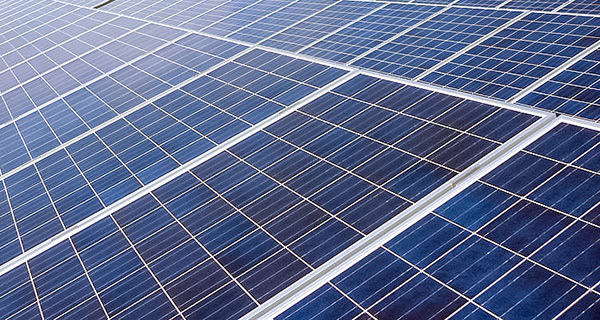Broad wavelength spectrum solar panels improve efficiency
8/2/2016, Milan Šurkala
Ordinary solar cells convert only a small portion of light wavelengths into electricity. That causes the problem of small efficiency. New solar panels should be able to convert much broader spectrum of light and be more effective.
The problem of small efficiency of solar panels is given by materials used that are able to convert only a narrow range of light wavelengths into electricity. The goal is to develop materials that are able to convert much broader range. In the past, there were already some attempts to make broadband solar panels (Metal-Insulator-Metal or MIM) but they had few drawbacks. Because very thin layers of some metals were used (for example gold and chromium), the melting points were relatively low at 500 degrees Celsius.

By ChristofferRiemer (Own work)
[CC BY 3.0 (http://creativecommons.org/licenses/by/3.0)] via Wikimedia Commons
The researchers of Aalborg University in Denmark have developed new panels which use tungsten and alumina (aluminium oxide) layers. According to the first tests, these panels are stable up to 800 degrees Celsius, they are able to absorb light of wavelengths from 300 to 1750 nanometres and convert them into electric power. Therefore, it is able to produce electricity from ultraviolet and infrared light too.
Source: osa.org




.jpg)

.jpg)



